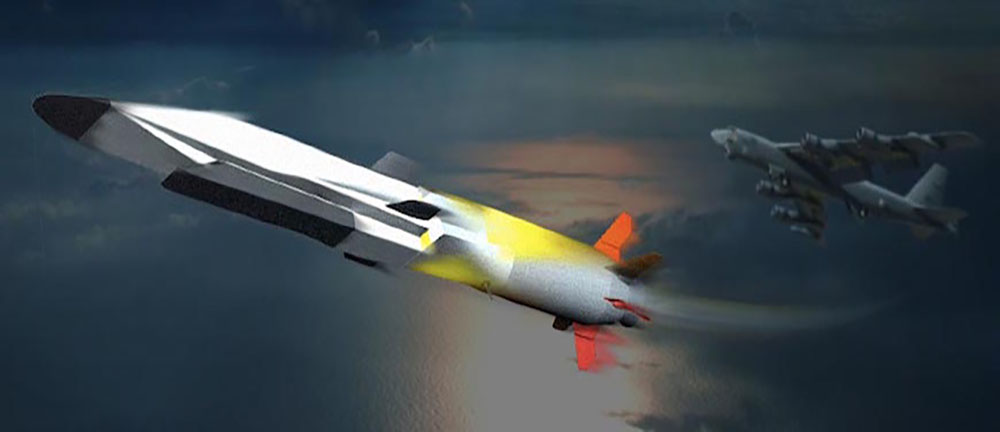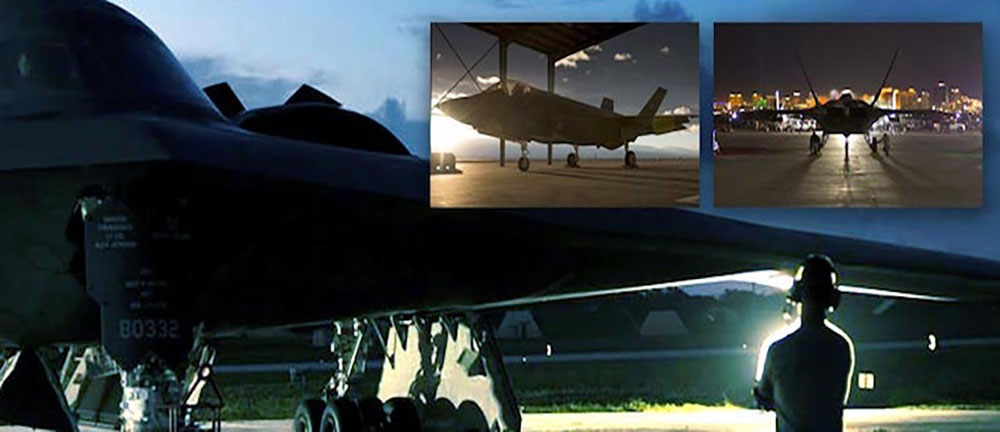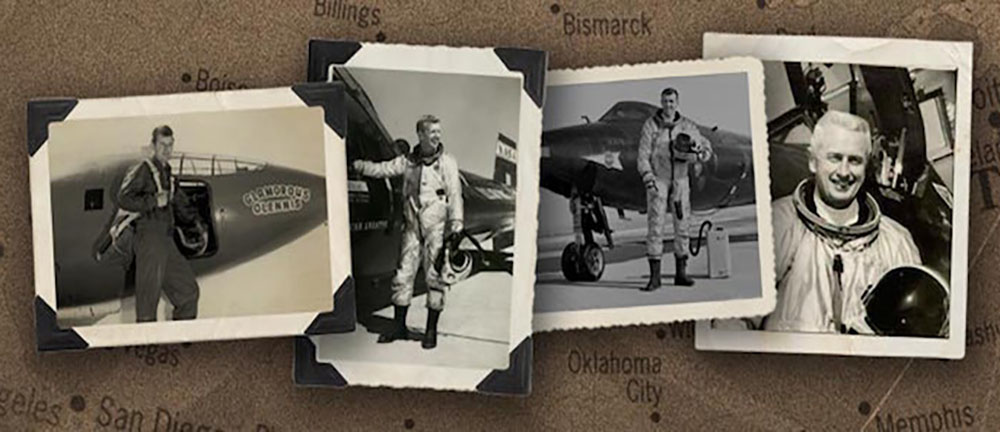Subscribe for the latest AFCS news,
job alerts, and more
SUBSCRIBE NOW
TWO-PAGE FEDERAL RESUME MANDATE IS HERE!
All federal resumes must be no more than two (2) pages.
Our team of scientists, engineers, and researchers are working on the cutting edge of innovation and technology. Working in some of the countries leading laboratories and research facilities, they have made incredible discoveries, found practical applications for exotic materials, and pushed the limits of what's possible.
















TWO-PAGE FEDERAL RESUME MANDATE IS HERE!
All federal resumes must be no more than two (2) pages.